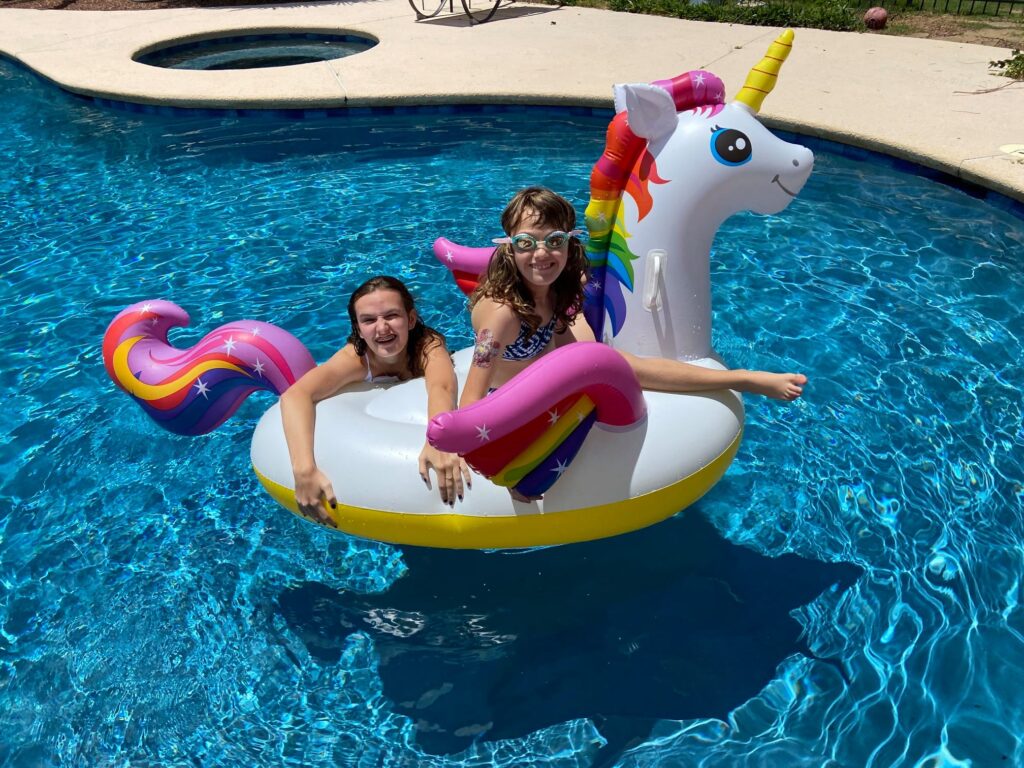Temperature regulation can be a concern for individuals with PWS. They may overheat on a warm day or be at risk for hypothermia on a cold day.
Hypothalamic dysfunction can predispose an individual to thermal dysregulation. This may present as hyper or hypothermia even without an identifiable cause. Hyperthermia ( high body temperature) can occur during minor illnesses. Conversely, fever may be absent despite severe infection. This propensity for thermal dysfunction has been implicated in critical illness in infants with PWS.
Hypothermia is defined as a significant and potentially dangerous drop in body temperature. The most common cause is prolonged exposure to cold. Hypothermia in PWS can set in sooner and be more difficult to diagnose. The difficulty in diagnosis lies in the fact that several of the identifying symptoms of the condition, things like lack of coordination, weak pulse or shallow breathing may be baseline (normal) for PWS people. It may also be difficult for a person with PWS to accurately describe the pain they are feeling.
Both hyperthermia and hypothermia are dangerous conditions that can present symptoms and develop into critical situations very rapidly. It is important to be aware of potential temperature dysfunction, particularly in infants, and monitor those situations that pose the greatest risk (even mildly extreme temperature exposure) to avoid an emergency situation.
Clementine has had difficulty with temperature dysfunction. I have a very vivid memory of our first experience with this issue. It occurred when she was about 8 months old. We had a few guests and the group was sitting outside. It was winter and it was pretty cold outside. I had placed a sleeping Clem in a baby seat inside the house, just on the other side of a glass door that was visible from where our group was sitting. The sun was shining through the doors. After about 15 minutes she began to stir so I went to get her out of her seat and bring her outside. I immediately noticed that she was red and splotchy and her breathing was shallow. My mom (who is a nurse) looked her over and said she seemed to be on the verge of a heat stroke! We quickly removed her clothing and gave her some fluids. She recovered without any further intervention, but it was a scary experience and really drove home to me the seriousness of this potential problem. Since then, we have been very mindful of how she is dressed in all weather conditions. We also have precautions written into her IEP at school to also alert personnel to this potential danger.
As Clementine has gotten older, temperature issues seem to affect her less. We do live in an area that is prone to high heat in the summer so we have to be very careful when she is exercising outside. Hydration is extremely important as is taking rest breaks more frequently than we might otherwise. We have a pool and Clem enjoys swimming. She is allowed to swim for about 15 to 20 minutes at a time and then we insist that she rest under the umbrella for at least 5 minutes and that she drink some fluids. As of now, we haven’t had any additional temperature issues but we are very aware of the possibilities!

